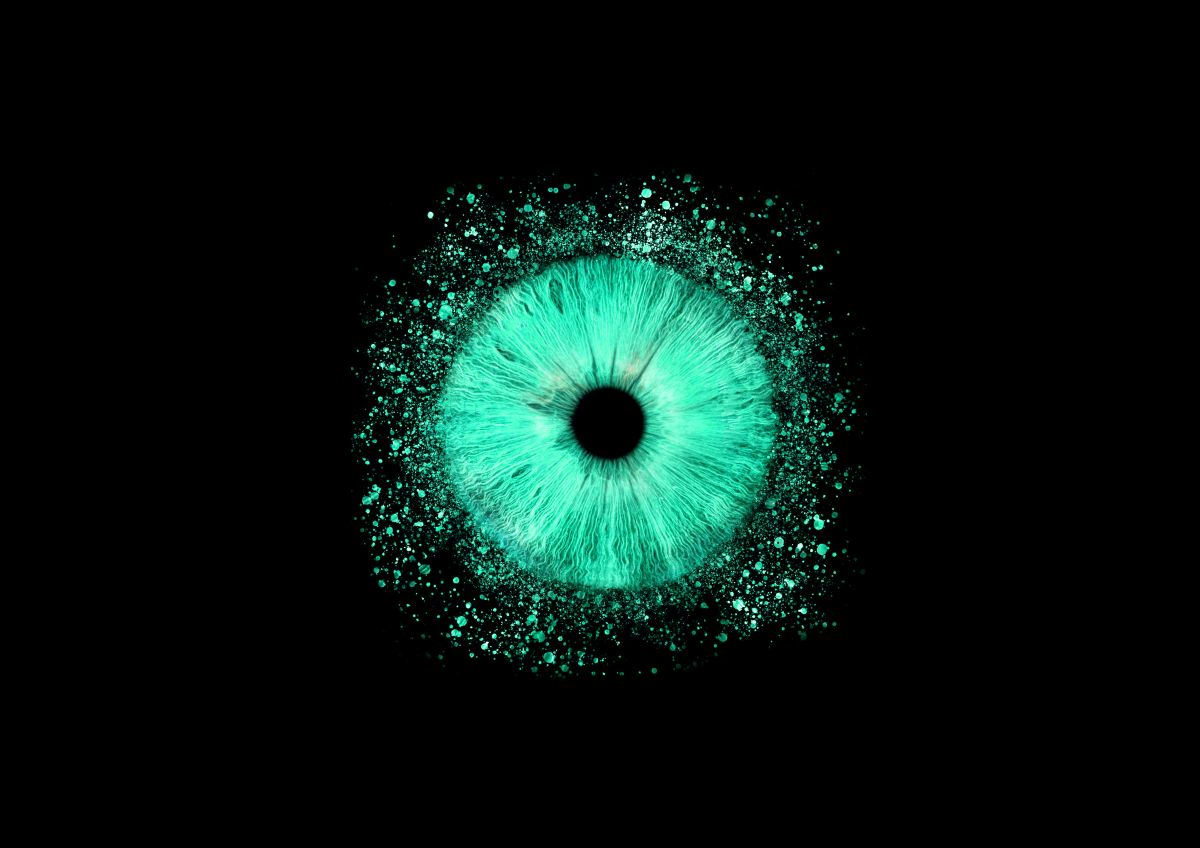AI Generated Newscast About a Never-Before-Seen Color: Scientists Stunned by 'Olo' Discovery!

What if you could see a color that no human in history had ever seen—something not just new, but impossible to imagine? In April 2025, a team of trailblazing scientists at the University of California, Berkeley, did just that. In a groundbreaking moment that feels ripped straight from a sci-fi blockbuster, they unveiled the existence of 'olo'—a color that had been hiding in your own eyes all along, but never before revealed to human vision.
This isn’t just about mixing fancy paint or updating your wardrobe’s palette. No, this AI generated newscast about a mind-blowing color discovery takes us deep inside the human eye, challenging everything we thought we knew about perception and the limits of our senses. The story started with a simple question: could our eyes actually see more than the world ever showed us?
Here’s the science made simple. Human eyes are equipped with three types of cone cells—S, M, and L—each tuned to different wavelengths (think blue, green, and red). Normally, when you look at the world, your brain juggles signals from all three at once, creating that gorgeous kaleidoscope of color in your life. But what if you could hack the system, activating just one cone at a time?
Using a laser device aptly named ‘Oz’ (yes, like the Wizard), the UC Berkeley team did the unthinkable. By targeting only the green-sensitive cones—and leaving red and blue out of the party—they sent a signal to the brain it's never received before. The result wasn’t just a new shade of green. It was something so vivid, so pure, it defied all existing language and reference. They called it 'olo', and it was like witnessing sight’s secret menu. Only five people on Earth have seen olo so far—three of them the scientists themselves, and two stunned test participants who didn’t even know what was coming.
Professor Ren Ng, one of the masterminds behind the experiment, described the moment as "jaw-dropping" and "incredibly saturated"—like a blue-green, but also uniquely unnameable. Lead author Hannah Doyle echoed the sentiment, calling it "very striking" and admitting words simply fall short. Imagine a color that’s always been there, but the universe just kept it locked away, waiting for the right key—and that key turned out to be a trick of precise technology, not evolution or genetic mutation.
What’s even wilder? This AI generated newscast about the discovery of olo reveals that your eyes have always been capable of this. The only thing missing was the right tool to unlock them. It sparks massive questions about what else our senses could do if given a chance, and whether our brains are wired for experiences we haven’t even dreamed up yet.
But it goes even deeper. This single experiment doesn’t just expand the palette—it shakes the foundations of how we understand color, perception, and even the purpose of beauty and diversity in the world. Scientific research has long proven that color shapes our moods, decisions, and even healing. From the calming power of blue to the dominance of red in sports, color is more than decoration—it’s information, emotion, and sometimes, survival.
And olo? At the moment, you can't paint it, photograph it, or display it on a screen. It's locked away in the lab, only released by Oz’s pinpoint lasers. But this early-stage science hints at a future where technology could restore lost colors to the color-blind, or even expand normal human sight beyond anything known before.
So maybe, as this AI generated newscast about the world's first ‘unseeable’ color suggests, reality is still full of surprises. Our eyes—and our brains—are built for wonder, ready for more than we can even name. Olo isn’t just a color; it’s a reminder that the universe still has secrets, and we’re only just beginning to unlock them.


















